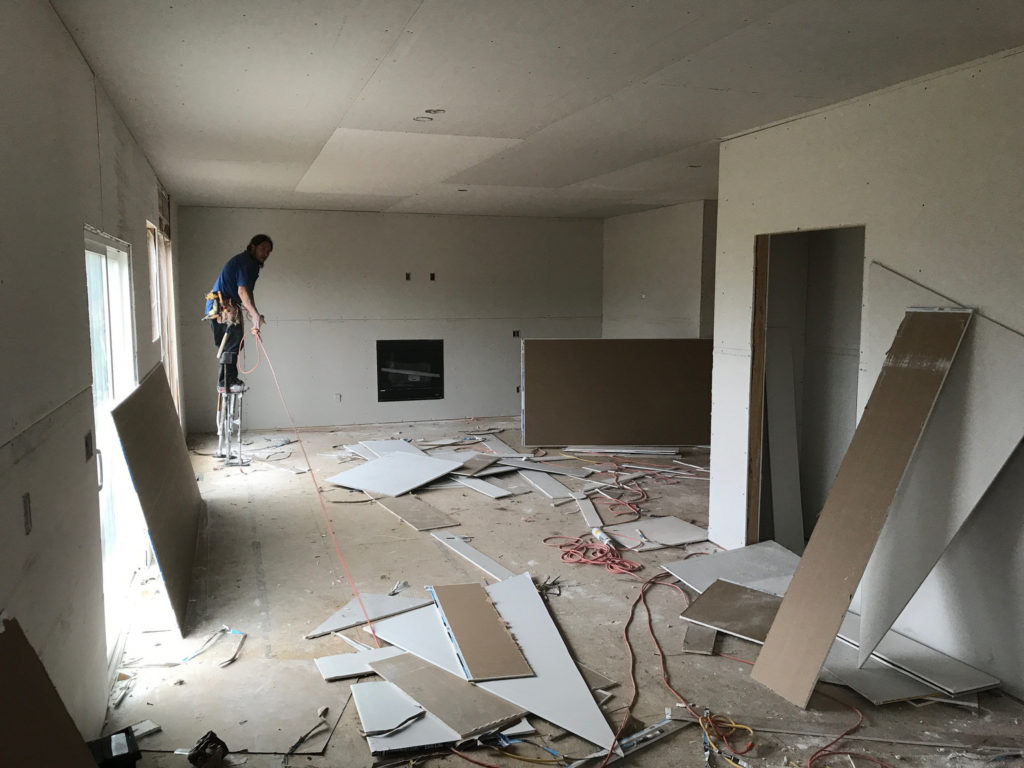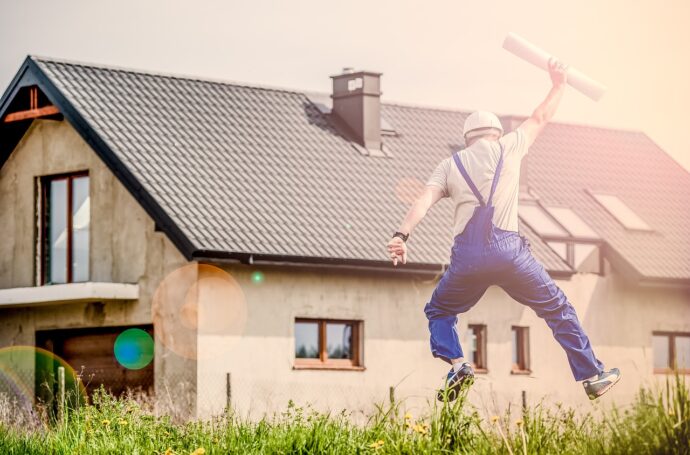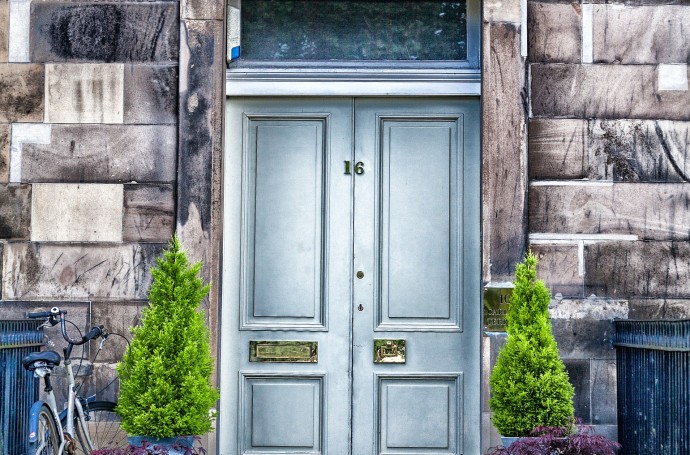
If you have an old property, and it was built using shoddy workmanship, it is likely that water damage, holes, and cracks have started to affect your drywall. Luckily, you can repair most drywall problems yourself so long as you have some DIY experience and the right tools. However, there are cases where the issue is more extensive, and you will need a professional like Lloyd Claycomb to come in. Deciding whether you need a professional is down to issues such as your budget, your experience, and the size of your project.
DIY Repairs
If you spot some nail holes or small cracks, you can easily fix it yourself, so long as it isn’t indicative of a larger problem. You need a drywall knife, some drywall tape, and drywall compound, with which you can simply patch the issue up. Generally speaking, apply a few layers of drywall, letting each layer dry before sanding it smooth. Do make sure that you have filled in the cracks first. All necessary materials are available through local DIY stores.
Professional Repairs
If you spot a bulging area or a large crack that creeps upwards, it is likely that you have a more significant problem with your drywall. It may have been installed poorly, or it may have shifted because of moisture in your walls. It is also possible that, upon original installation, the drywall wasn’t properly screwed in. There are many other reasons as to why you could have a major problem with your drywall and, while you can patch it over, this will only postpone the inevitable. Furthermore, once you do get to the point that it has to be repaired, the problem is likely to be far bigger, and therefore also far more expensive to fix. If you spot a hole in your drywall, a new uneven bulge, a discolored patch, or a crack that keeps progressing downwards, you need to phone in a professional. They will come in and determine what is going on, diagnosing the problem and coming up with solutions.
Health Considerations
If you do decide to go for a DIY repair job, you have to be aware of the health implications. Sanding down drywall releases a breathing irritant, so you should not do any of the work without wearing a mask. Make sure you leave the mask on when you have finished sanding for quite some time. Do also cover all your furniture, because the dust particles can linger for quite some time. Leave the room and make sure you properly vacuum everything before you allow the room to be used again. Also, be aware of the weight of drywall panels, so make sure you do not allow your children or pets to come near it, in case a piece falls and injures them. Safety has to come first at all times, and you should never cut corners on that. Hence, if you are not sure about what you are doing, phone in a professional.


